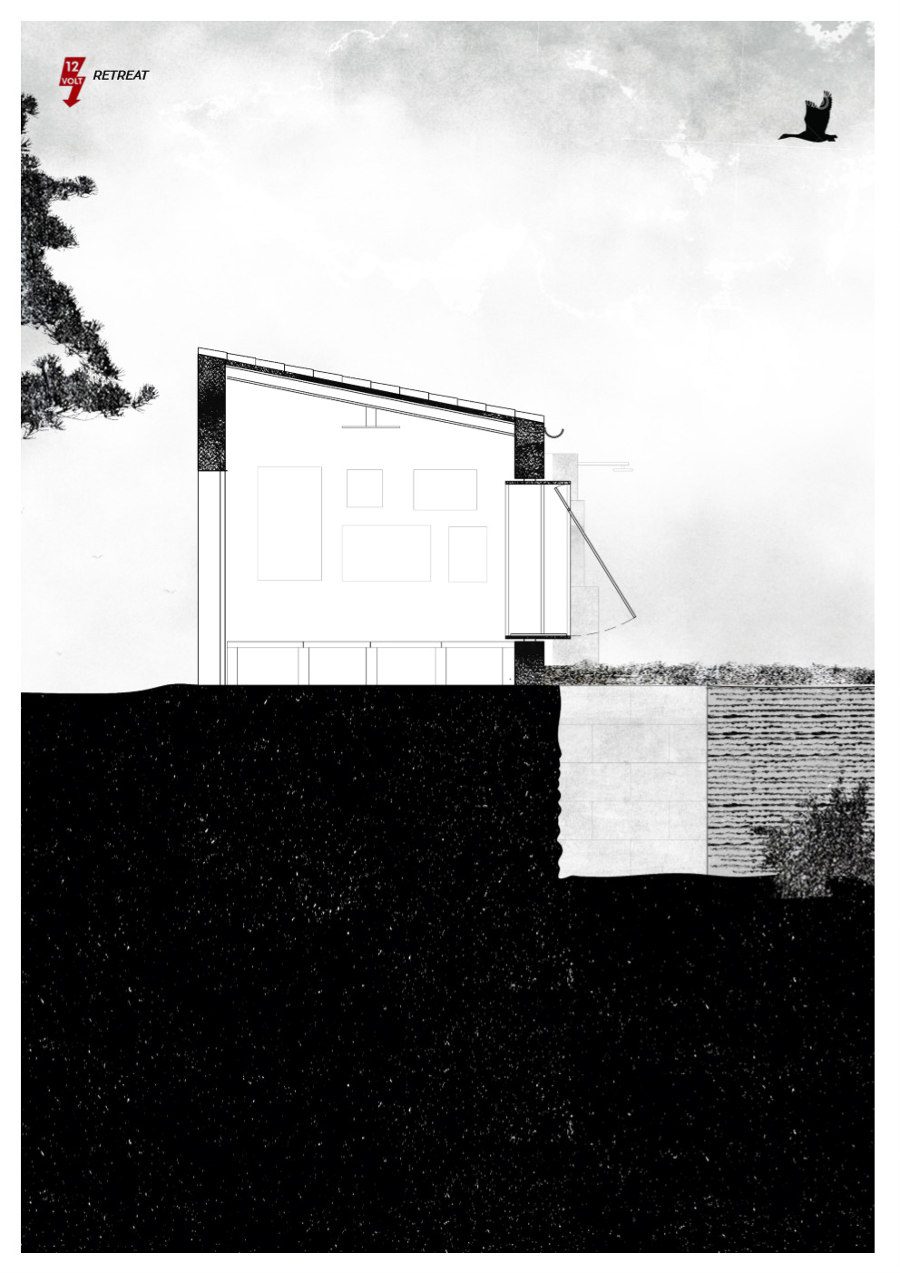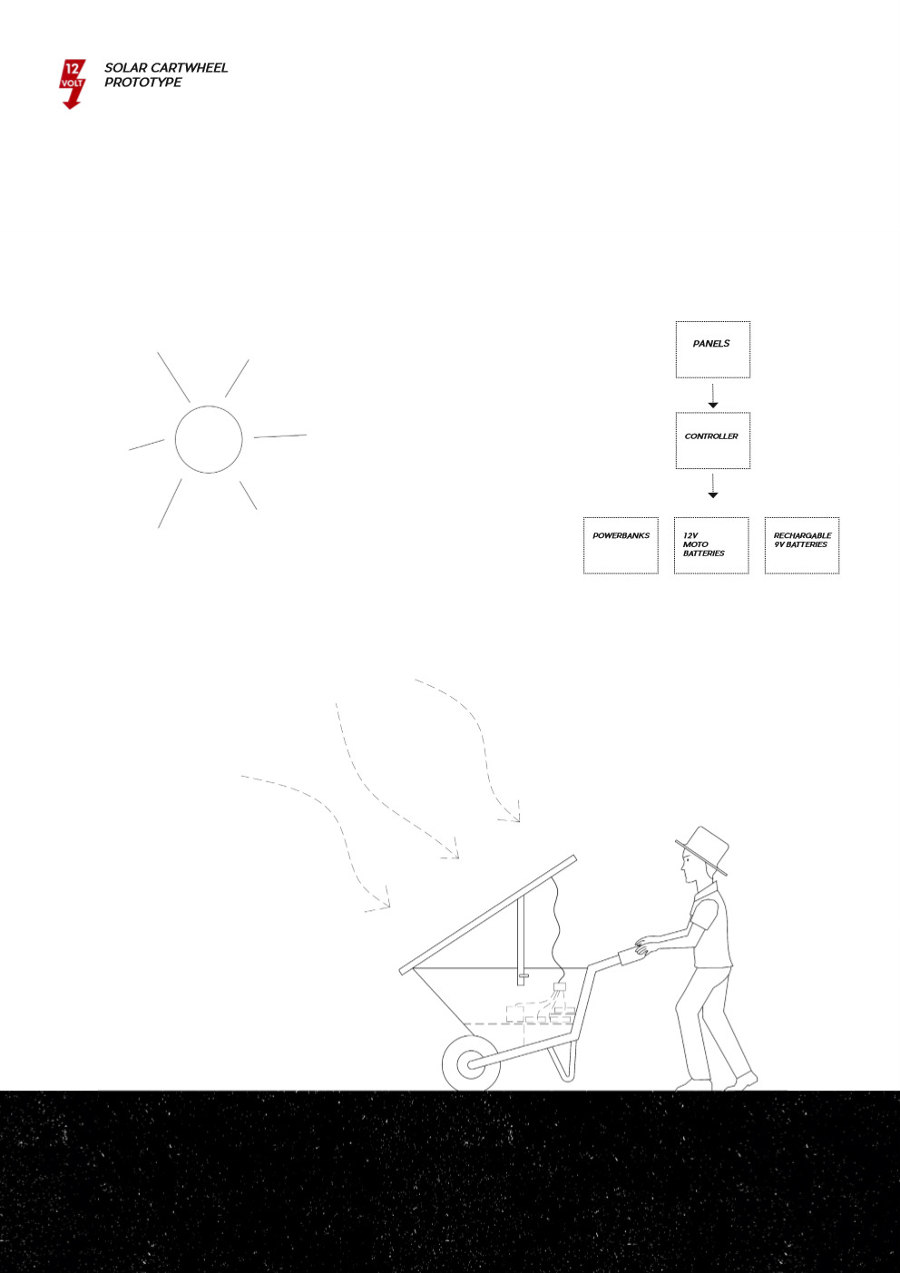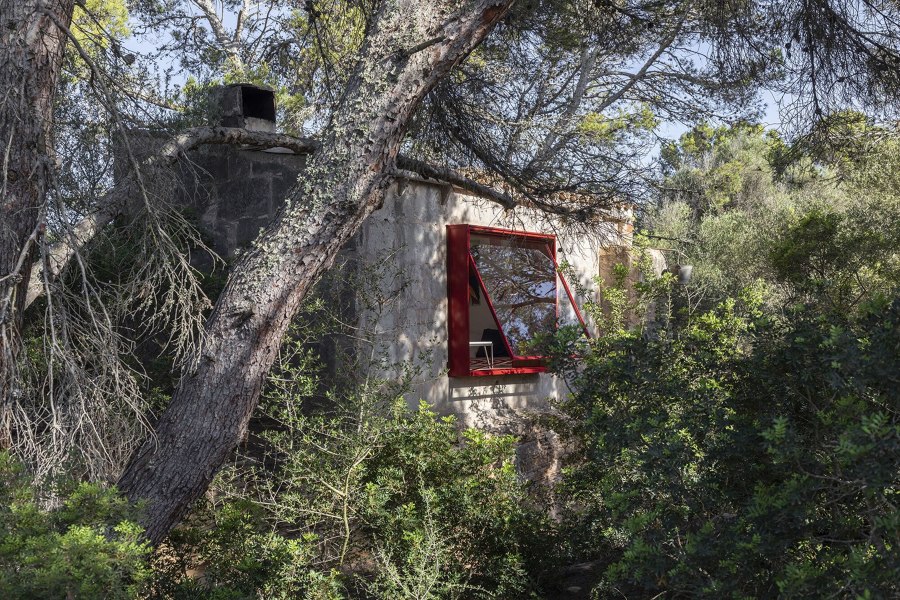
Fotografo: Tomeu Canyellas

Fotografo: Tomeu Canyellas
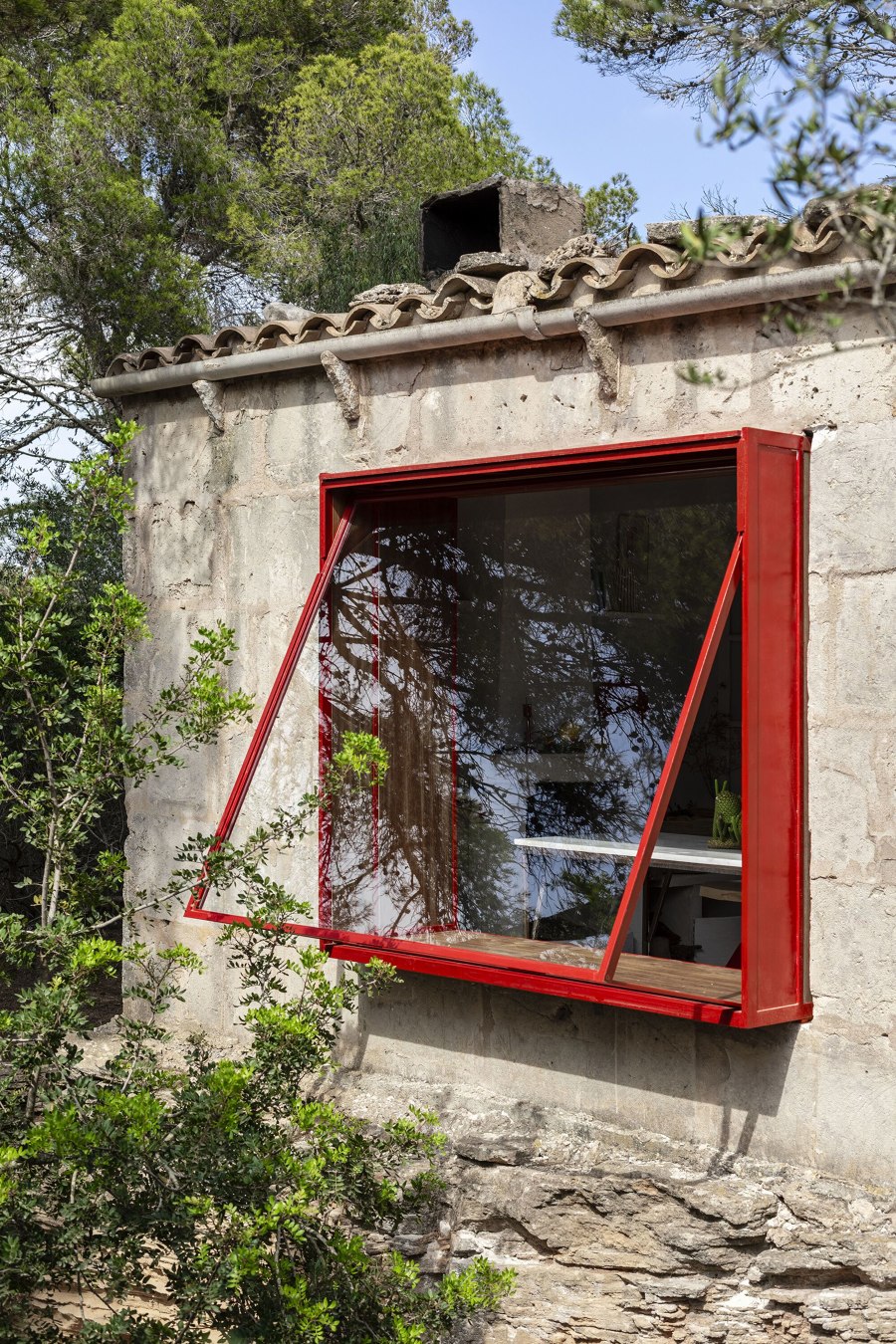
Fotografo: Tomeu Canyellas
12VoltRetreat - #1 Siurell is a case study pilot to renew a series of existing traditional sheds and shelters into temporary sybaritic outside dens sited in rural Mallorca. Throughout the island’s agricultural fields these traditional stone shelters were built to act as refuges (to take cover and or/rest) for hunters and shepherds and also act as storage units for labor tools. The simple local mares stone construction walls and the light ceramic + tile roofing plus the small size footprint they occupy,( they range from 5 to 20 sq meters) make them very recognizable across the island. Currently, many of them are in disuse but still keep the outside enveloping structure intact, with the added value that most of them are sited in idyllic locations.
The exercise in this particular hideout was to recuperate and emphasize the existing structure whilst optimizing the inside space by the introduction of light, views and made to measure furniture that has a double use and maximizes the space.
The main architectural intervention is to insert a bright red bow window that opens into the old quarry which serves as a seating element for the inside and generates cross ventilation when open. The new opening frames the landscape from both inside and outside creating the connection between the interior and the exterior that was missing. This bow window is devised thought and executed conjointly with a local 2monos studio. With them, the challenge and exploration were to build it with the thinnest metal profiles possible and to generate an opening mechanism that was easy, elegant, and functional.
All of the interventions and furniture pieces have been self-built to explore, learn and perfect the use of different materials and options. Benches, tables, and stools are made by ensembling in different positions the traditional 80cmx40cm mares piece, reusing the characteristically traditional facade element into the inside.
Following the self-building and exploration philosophy, facilities within the retreat are also conceived in a way that works independently to the space they serve and can be carried out by any individual. These MEP devices are envisioned to work on 12V to ensure fire/hazard safety (as the surroundings are very dry) and to promote a less energy consumption lifestyle plus motivating the exploration of battery portability and electronic experimentation.
The solar wheelbarrow intends to optimize the charging to the position of the sun whilst acting as a morning ritual to charge the inside power banks and batteries. All inside electrical components are made with small batteries so that they are portable and can be charged from the power banks that are charged at the solar wheelbarrow. Lights and fans are made with 9v rechargeable batteries that can easily be changed by using the sun. A bigger power bank and some electrical scooter 12volt batteries are also in use to be able to charge laptops, the water pump, and other heavier load components.
As the refuge stands in the middle of a pine yard, thus not receiving excessive sunlight, and to continue with the investigation of a new concept of mobile facilities, a solar wheelbarrow was invented.
The solar wheelbarrow serves as a prototype and emblem of the beginning of future mobile charging stations that epitomize the future of mobile living. Once high-capacity batteries become lighter, the power grid and installations can travel with the user and not be fixed into the architecture, making and creating a new revolution of nomad living, where energy is portable and is disassociated with the space its serves. The rise of opening comfort and the new ways of living + working to a wider range of spaces that self generate their consumption and enhancing the window to easier mobile living (such as vans) or to the creation/renewing of temporary living refuges that will help us breathe from the bustling and fast-life urban centers.
Design team:
Mariana de Delás
Lead Architect: Mariana de Delás
Team: Ines Von Bingen, Miguel Anibal Alvarez
Art: Felipe Martínez Villalba, Rodrigo Molinero
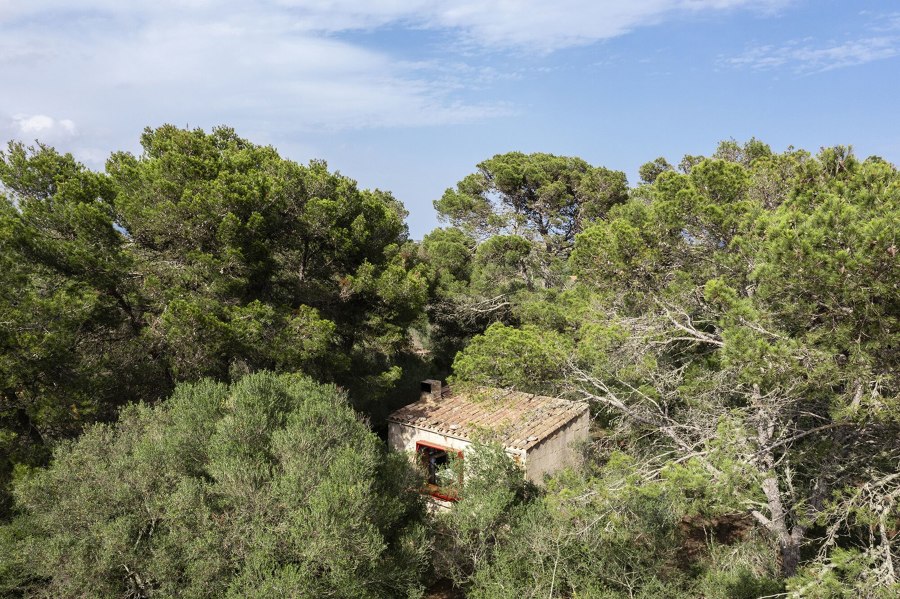
Fotografo: Tomeu Canyellas
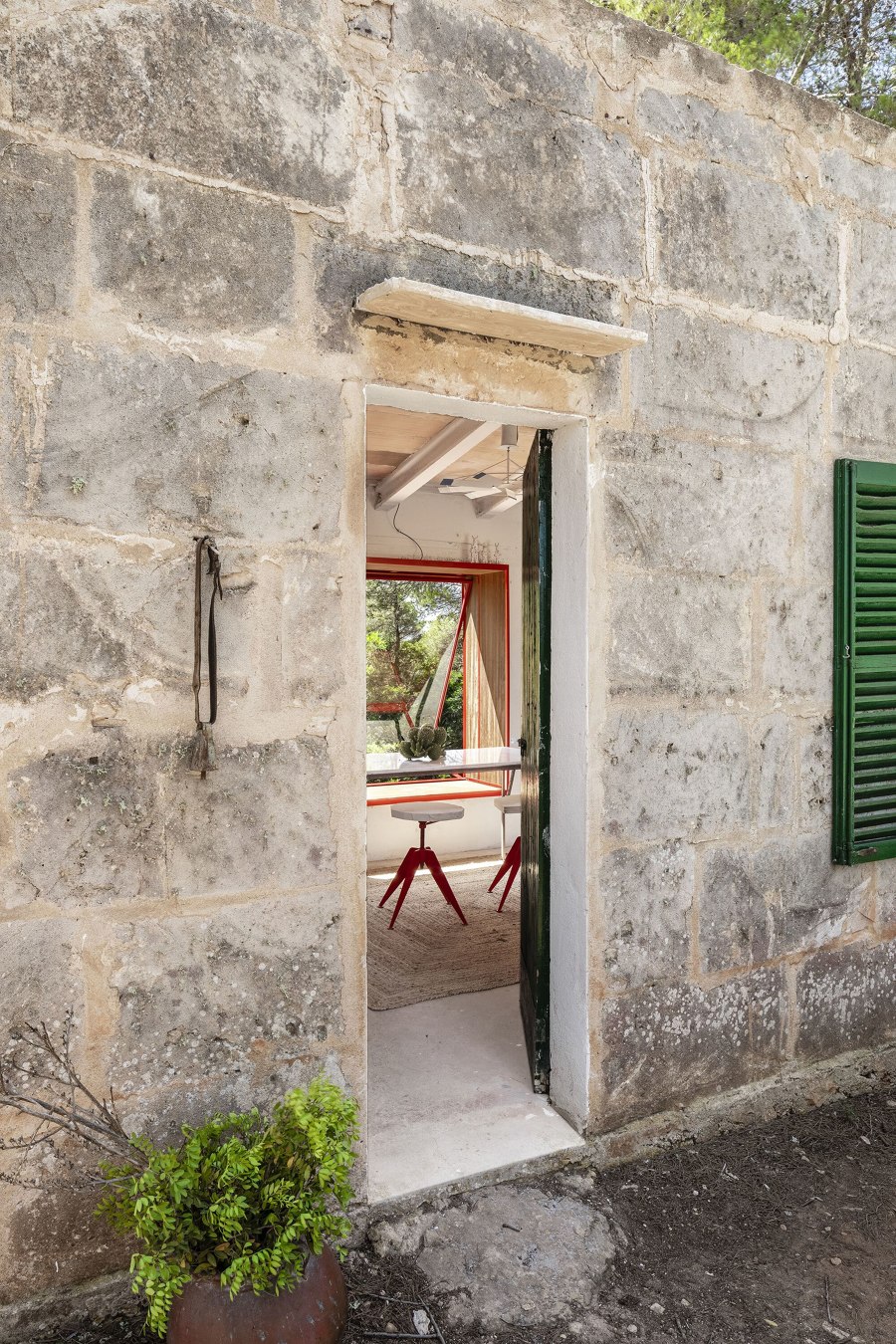
Fotografo: Tomeu Canyellas
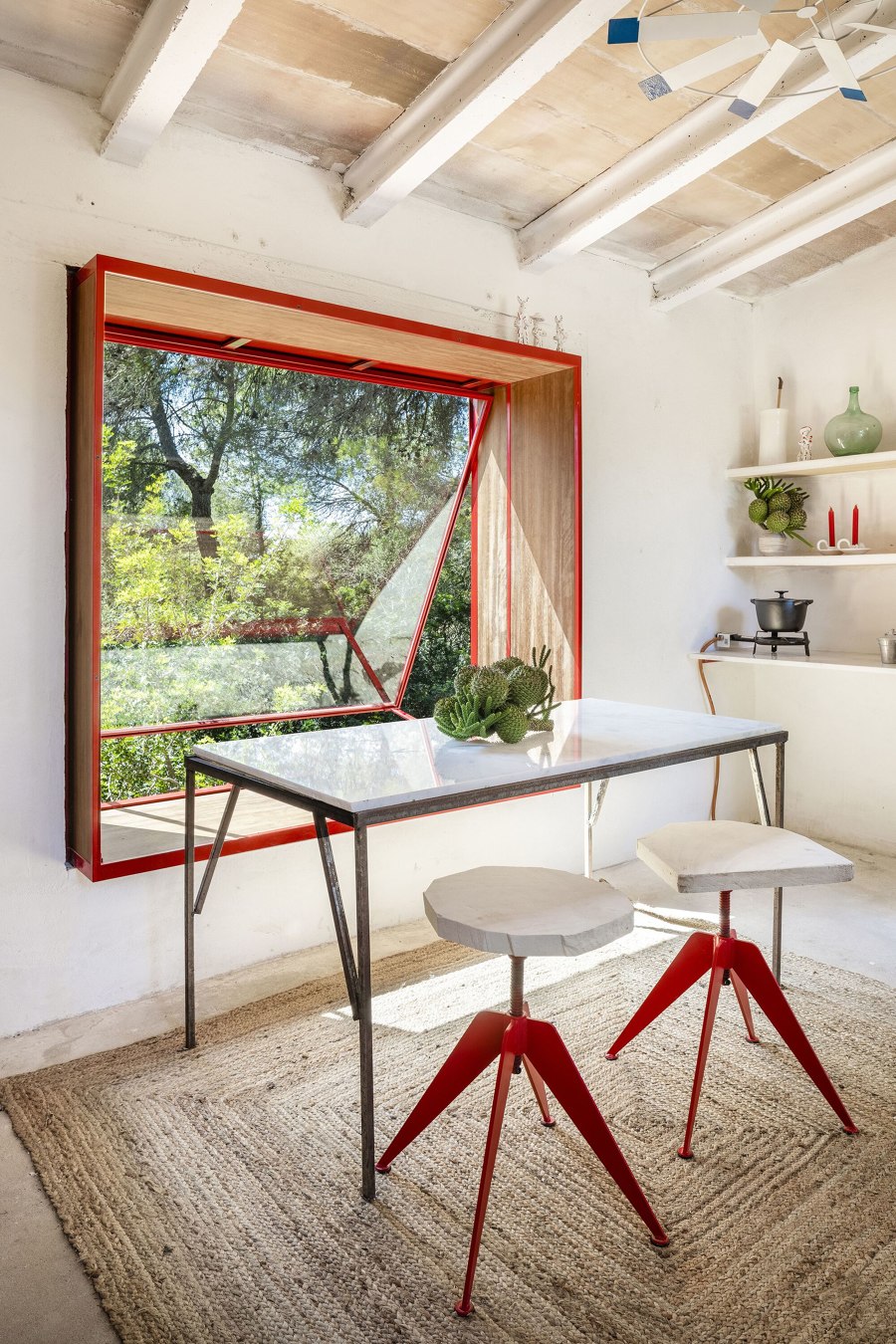
Fotografo: Tomeu Canyellas
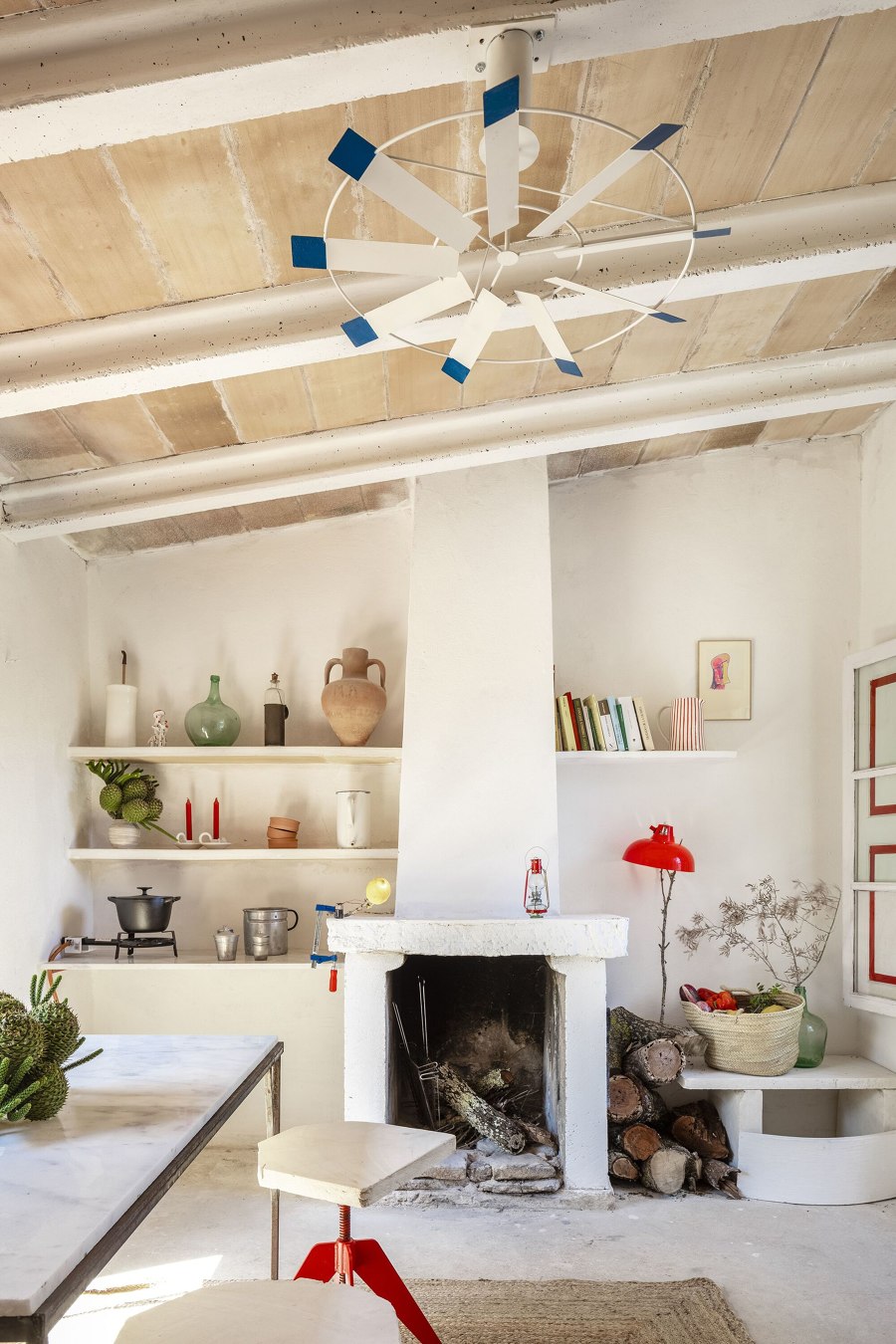
Fotografo: Tomeu Canyellas

Fotografo: Tomeu Canyellas
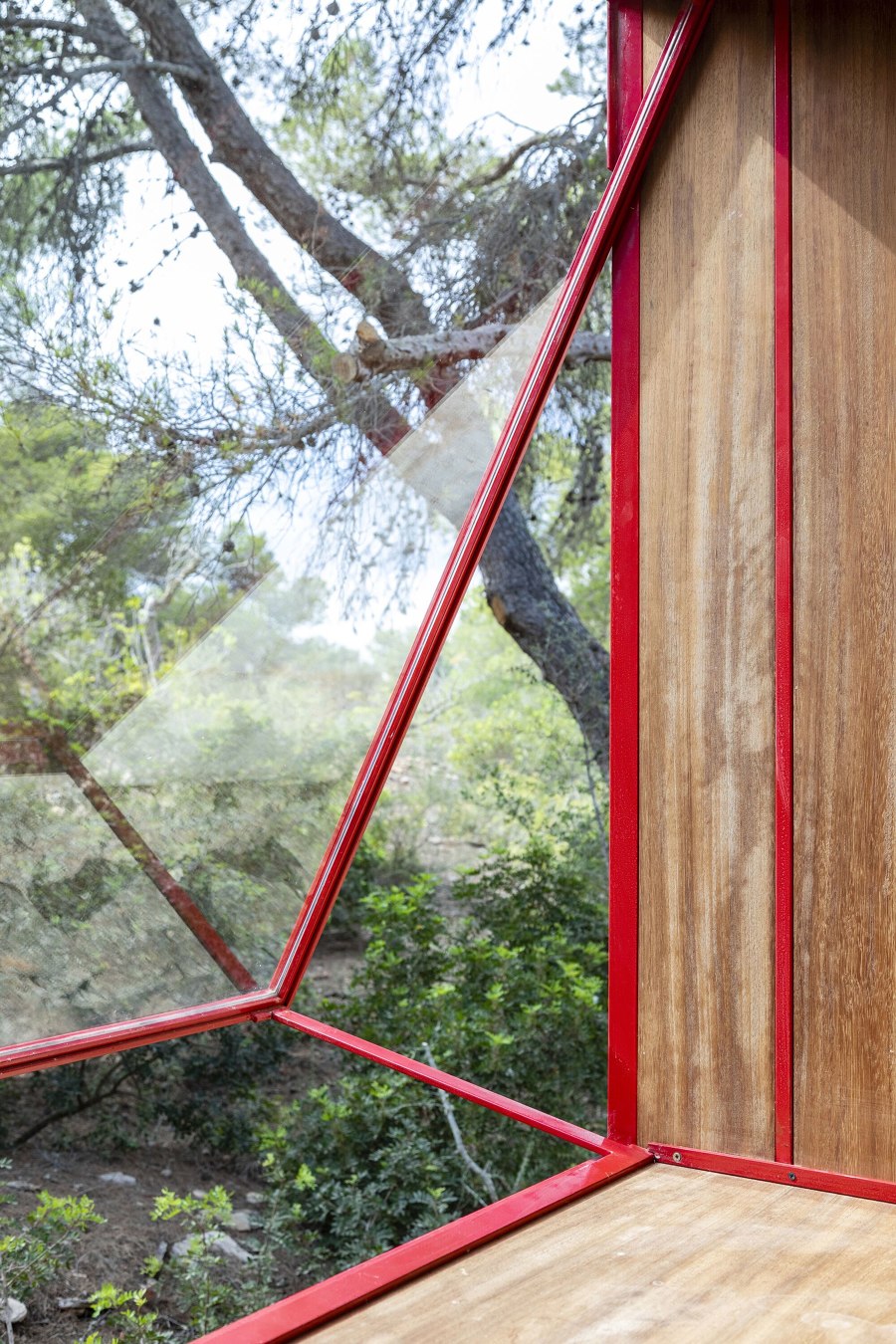
Fotografo: Tomeu Canyellas
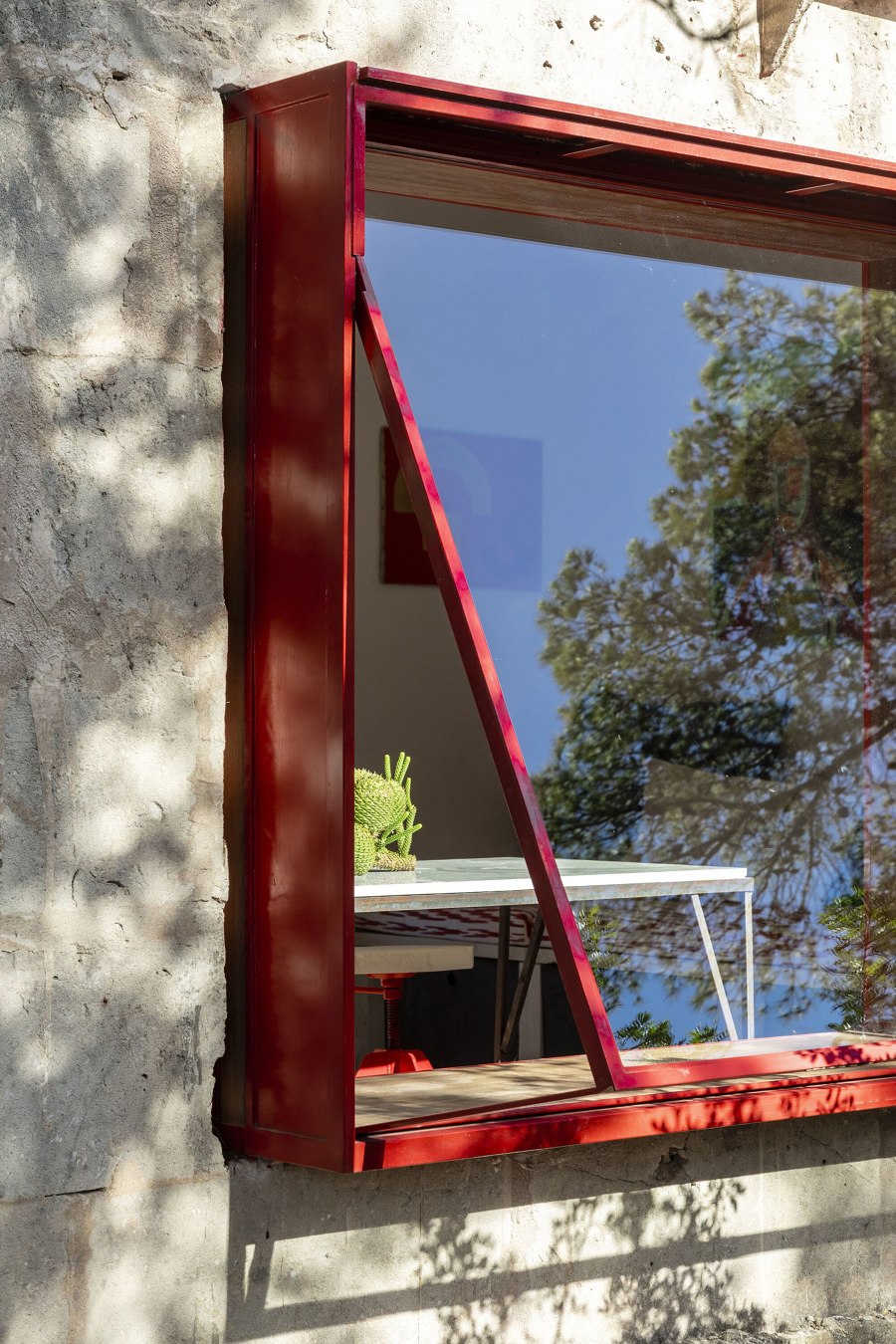
Fotografo: Tomeu Canyellas
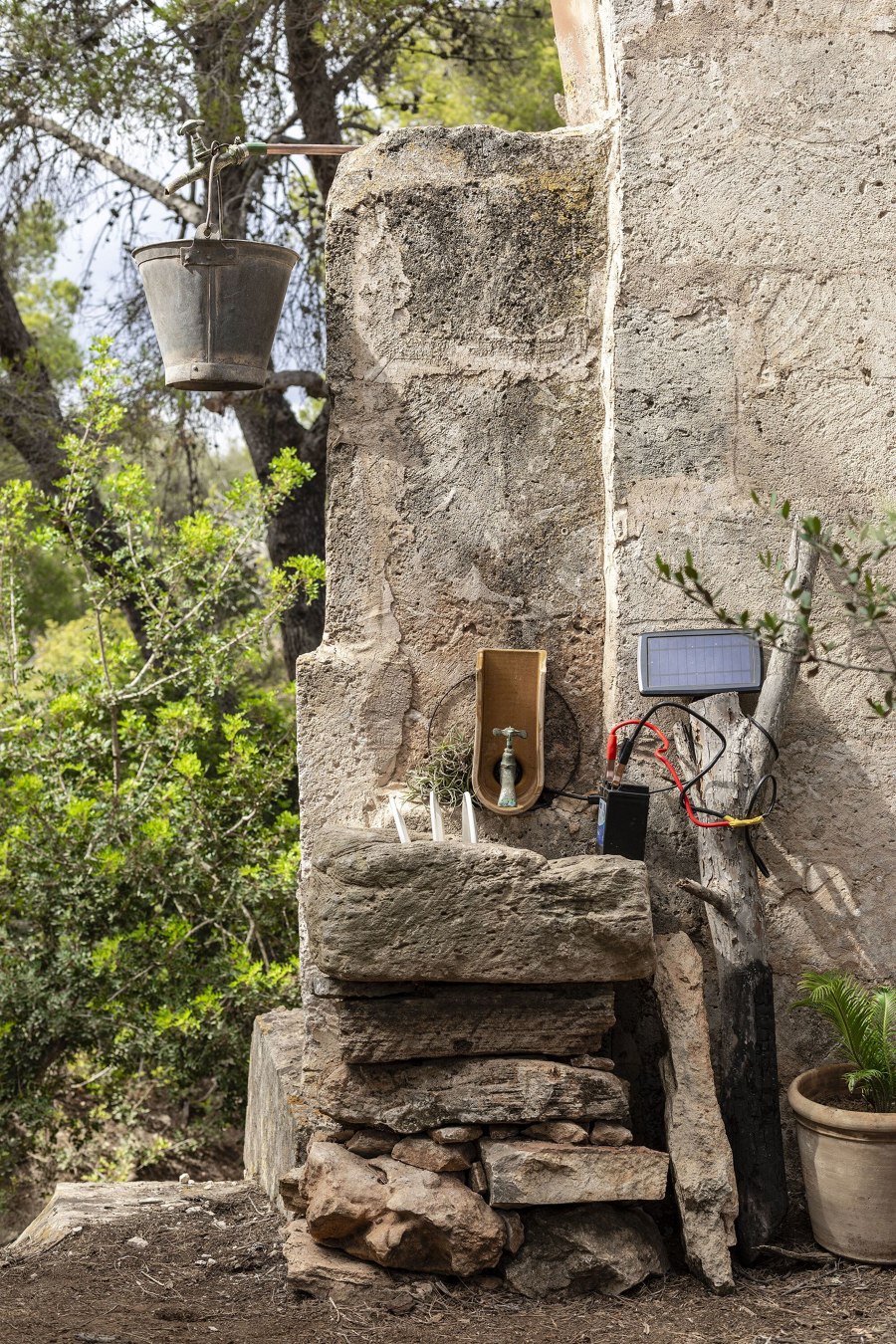
Fotografo: Tomeu Canyellas

Fotografo: Tomeu Canyellas
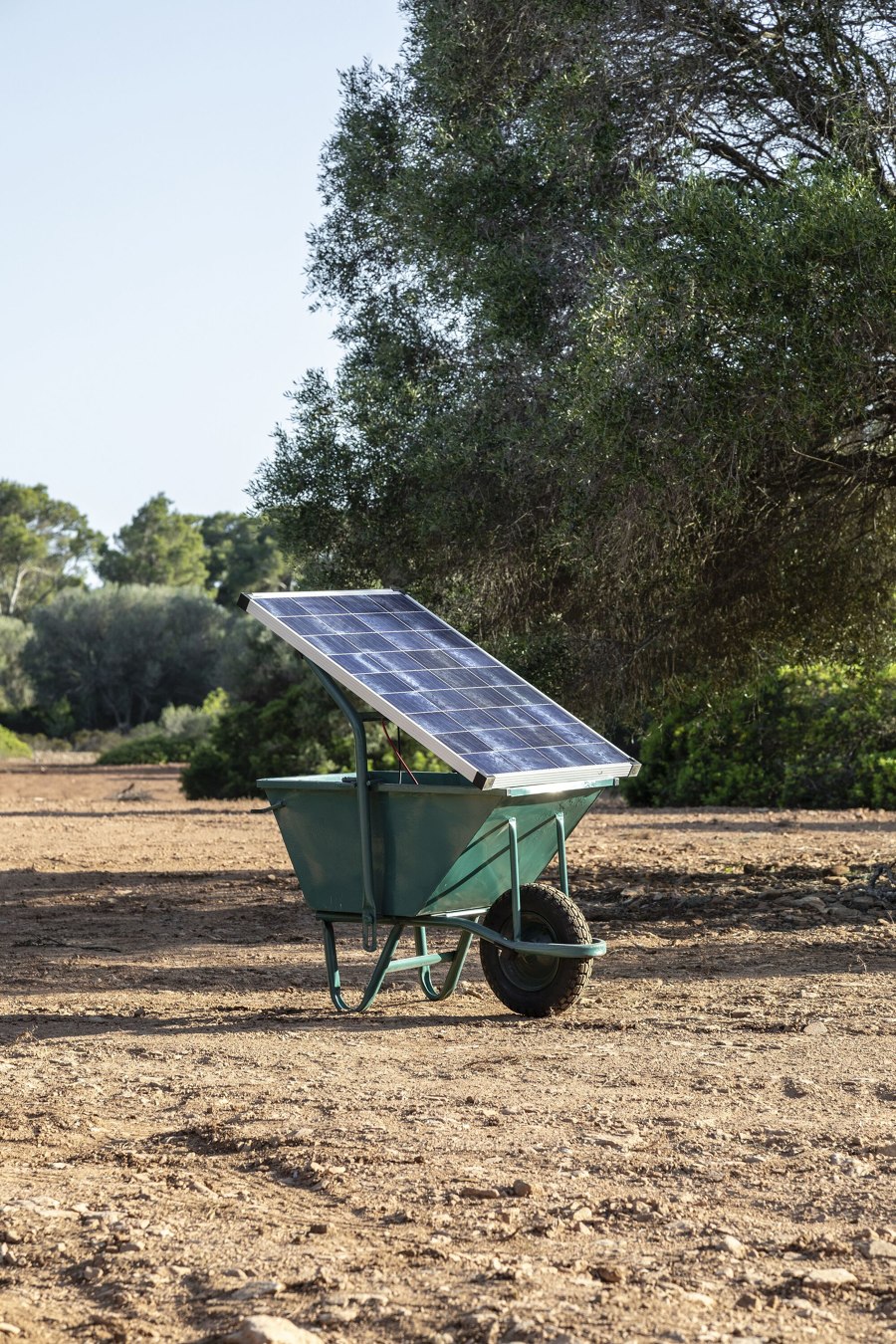
Fotografo: Tomeu Canyellas













